Health Complications ? Keep it Simple
Post details
Posted on 22nd September 2015
I've just got back from attending another course down at the CHEK (Corrective Holistic Exercise Kinesiology) Europe Headquarters in Lancashire. This time I spent five days studying spinal pathologies, correctional exercise and a holistic approach to rehabilitation. The course was incredibly technical and complicated and we spent a lot of time looking at specific spinal problems, reviewing x-rays, CT scans and MRI images which can be very difficult to interpret unless you have a trained eye to spot the issues.
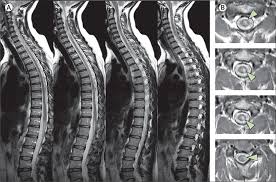
But what I learned is that the simplest of changes to your exercise, diet and lifestyle can have the largest impact on improving your back problems. Prevention and rehabilitation all boils down to this...
Six Foundational Principles of Health:
YIN
HYDRATION
NUTRITION
SLEEP
YANG
THINKING
BREATHING
MOVEMENT/EXERCISE

Surgery should be your last option. By firstly improving all six of the foundational principles (generally increasing the Yin principles and effectively decreasing the Yang) you can improve your spinal health, remove the niggling aches and pains, avoid further degeneration, rebuild the muscles and ligaments that are supposed to support and protect your vertebrae and avoid expensive visits to the doctor and consequential prescription of medical drugs.
Let me give you an example:
Back Pain ? - Drink More Water

One of the most effective ways to avoid or resolve back pain is to remain hydrated at all times. It's that simple !
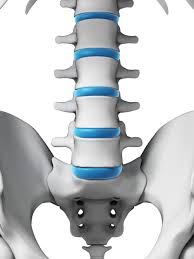
So here comes the complex stuff:
Intervertebral discs are shock absorbers for the spine. A healthy disc basically contains collagen and water. When you become dehydrated your discs lose disc height which slackens the strong ligaments which connect every vertebrae, thus deeming them redundant. When these ligaments are slack, the vertebrae joints become unstable and unnecessary movement begins to occur (spondylitis). This movement increases wear and tear which triggers the body to start to lay down new bone tissue (spondylosis) in an attempt to fuse the spine and re-establish some form of stability. This new bone or calcification can narrow the gaps through which the spinal chord and the root nerves travel (stenosis), thus pressing on these nerves causing pain (often sciatica), inflammation, decreased neural drive to the muscles and organs which each nerve specifically feeds leading to weaker, decreased in size, inhibited muscles, under-performing organs and potentially a loss of sensation in the muscles (often down the leg).
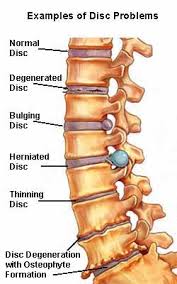
On top of that, the pain causes the body to switch off the small intricate inner core unit (Yin) muscles which are designed to stabilise the very joints that have become unstable ! As a result we then tend to utilise the larger outer core unit of (Yang) muscles (i.e. the rectus 'six-pack' abdominals) to clamp the core down around the spine and give some form of support to the entire spinal column. Most of us know that contraction and shortening of the six pack abs create a 'crunch like motion' which causes the spine to flex (kyphosis), which in turn forces the discs posteriorly (backwards) often causing a disc bulge which just further impinges the spinal chord and root nerves making the pain worse, potentially causing small fractures in the facet joints (spondylolisis) or even worse a forward slippage of one vertebrae on top of the next (spondylolithesis) and the whole viscous circle just continues to perpetuate !
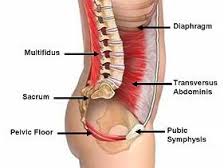
When you realise that every organ in your body i.e. your heart, lungs, stomach, liver, kidneys, thyroid, pancreas, intestines, sexual organs, adrenal glands and so on are all fed by these root nerves you soon start to see how important things like posture, hydration, nutrition and rest are to overall health, not just spinal health. Everything is connected to everything in the human body and thus even more evidence as to why we must take a 'holistic' approach and not just look at the (bio)mechanics alone !
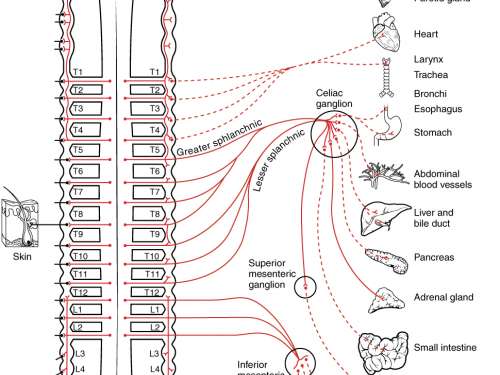
Keeping it Simple
If you suffer from back pain:
INCREASE YIN
- Drink more water (preferrably bottled mineral water)
- Get more collagen in your diet (bone broths)
- Go to bed earlier (allow your body to rebuild)
DECREASE YANG
- Do more 'Work-in' exercises and less 'Working-out' (avoid crunches)
- Improve your posture (spinal alignment) & Strengthen the 'Inner Core' (inner core unit - TVA, multifidus + Pelvic floor muscles)
- Do more breathing exercises (strengthen the diaphragm)
- Stay positive - don't fall into the viscous circle
Book your session now
Call us or send us a message to book a session at BodyGuards.
Book nowMore blog posts
-
Single Leg Glute Bridge
Posted on 4th October 2020
Benefits of the single leg glute bridge
-
Plank Plate Presses
Posted on 2nd October 2020
Combine core activation and shoulder stabilisation in one movement
-
Elevated Heels for the Romanian Deadlift
Posted on 30th September 2020
Elevating your heels will alter the emphasis on key muscles when performing this exercise
